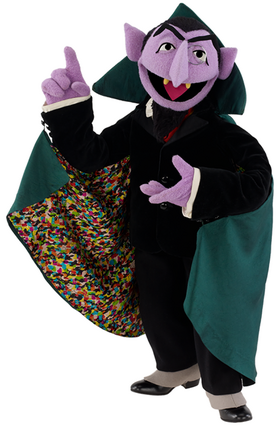
In the immediate wake of the shooting at Marjory Stoneman Douglas High in Parkland, Florida, Everytown for Gun Safety, an advocacy group that works to reduce gun violence, tweeted that the Parkland shooting had been the 18th school shooting of the year. This statistic was shared by Bernie Sanders and New York mayor Bill de Blasio and was included in articles by Time, MSNBC, ABC News, Huffington Post and the BBC.
The problem, as The Washington Post pointed out, is that the statistic was wrong.
In defining “school shooting,” Everytown had chosen to include every incident where a gun is discharged on a school campus, according to The Washington Post. This included incidents such as a suicide on the grounds of a school that had been closed for seven months or someone firing off rounds from a gun in the parking lot of a Michigan school during a basketball game. In the latter case, no one was hurt and it was 8 p.m., but that counted as a school shooting in the eyes of Everytown. According to The Washington Post, only five of Everytown’s 18 shootings “happened during school hours and resulted in any physical injury.”
Everytown didn’t include how it defined school shootings in its tweet about the Parkland shooting. Not including that information can be problematic according to Dr. Scott Parrott, an assistant professor with the Department of Journalism & Creative Media at The University of Alabama.
“Numbers can be very powerful especially if you use them in charts and graphs and things like that because they can communicate information,” Parrott said. “You have to make sure that what you’re communicating to the general public is accurate. But not only that, you have to think ahead and anticipate the way they will interpret the information. So yeah, 18 school shootings is technically correct, but that’s not the way people are going to interpret it. They’re going think 18 mass shootings.”
Parrott said he worked for years at newspapers across the southeast, using statistics to tell stories about topics like heath, but in ways that would interest the readership. Now he teaches his students how to interpret and evaluate data they want to use in their news stories.
The most important step in evaluating data, according to Parrott, is to ask where the data was coming from, how it was collected and what motive might the data collectors have.
“You can ask questions in a certain way to elicit a response that you want,” he said. “You can ask what we call double-barrel questions where it could be interpreted two different ways. You can ask loaded questions that lead the person to respond a certain way.”
The first three rules in The Society of Professional Journalists’ Code of Ethics call for journalists to “Take responsibility for the accuracy of their work,” “Verify information before releasing it” and “Remember that neither speed nor format excuses inaccuracy. Provide context. Take special care not to misrepresent or oversimplify.” Oversimplification, said Parrott is one of the biggest mistakes that journalists make when using data in news stories.
He also said that it’s easier now than ever, for journalists to use new tools and technologies to visualize data for readers. His advice, he said is that when using data, journalists should approach it as they would a human source.
“I treat it largely the same way I would if I was covering an event as a news reporter,” he said. “If I was just interviewing sources I’d be critical of the sources I interviewed and questions I asked and how I asked the questions. So you’ve got to do the same thing with data.”
